Everyone knows that all the dinosaurs died out 65 million years ago, right? Wrong! The truth is, dinosaurs are alive and well today, and living in disguise – right in your own backyard. How is this possible? It’s possible because living things change over very long periods of time. Think about your own family. You
Everyone knows that all the dinosaurs died out 65 million years ago, right? Wrong! The truth is, dinosaurs are alive and well today, and living in disguise – right in your own backyard.
How is this possible? It’s possible because living things change over very long periods of time. Think about your own family. You have great-great-great-great-great-great-(lots of greats) grandparents who lived hundreds, or even thousands of years ago. They may have looked different from you, lived in a different place than you, or spoken a different language, but they are still your ancestors. They are still a part of your family.
And as it turns out, dinosaurs have a very large family.
We’ve known a lot about dinosaurs for a while now, because they left behind some fun facts for us to find, like clues in an ancient treasure hunt. After millions of years, the traces that the dinosaurs left behind turn into rocks, or fossils. We found fossil nests that tell us dinosaurs laid eggs with hard shells. We found fossil footprints that tell us dinosaurs walked on three toes. We even found fossilised dinosaur poop that tells us what the dinosaurs used to eat.
But one of the most exciting dinosaur discoveries happened in the province of Liaoning in China, at the site of an ancient lake. Palaeontologists, or scientists who study fossils, discovered the impression of feathers on the skeleton of a velociraptor. This tells us that some dinosaurs evolved the ability to fly!
It turns out that feathers have been around for millions of years. Feathers are really just very highly developed scales, and a lot of dinosaurs had them. In fact, because most of Tyrannosaurus Rex’s very close dinosaur relatives had feathers, some palaeontologists now believe that baby Tyrannosauruses had a coating of downy feathers, like a baby chick. Somehow, T-Rex doesn’t seem as scary if you picture him covered in baby fuzz, does he?
From the clues that palaeontologists have uncovered, downy feathers would have been the first kind of feathers dinosaurs developed. Generations later, some of those downy feathers would have started sticking together and becoming bright and colourful. They still wouldn’t have been any good for flying, but would have been great for showing off and putting on spectacular displays. This is what velociraptors probably used their feathers for; at the size of a turkey, they were far too big to get off the ground! Finally, generations after the first display feathers, our fossil evidence shows strong feathers with the right shape and size for flight.
Have you figured it out yet? What animals do you know of that lay hard-shelled eggs in a nest, walk on three toes, and fly on wings with feathers? You guessed it – birds! Birds are the last surviving members of the dinosaur family. They may look different, sound different, and move differently than their ancient relatives, but they are still part of the family. They’re still dinosaurs.
So next time you feed the ducks at the park, or watch a flock of geese flying overhead, remember: there are dinosaurs in your backyard.
Post by Sarah
1 comment


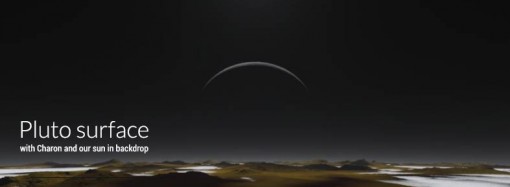
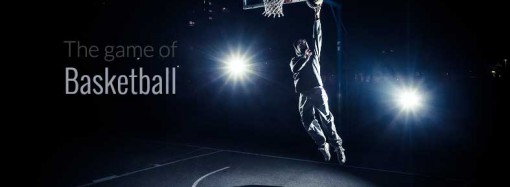


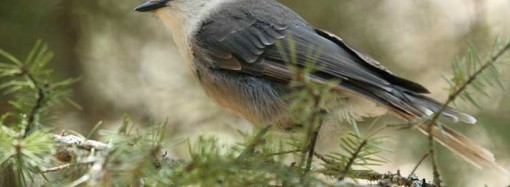



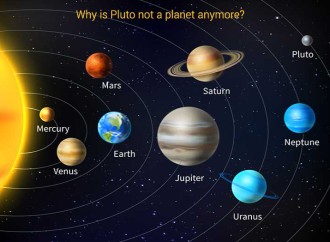




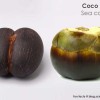






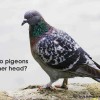
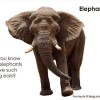



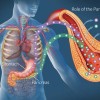





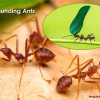
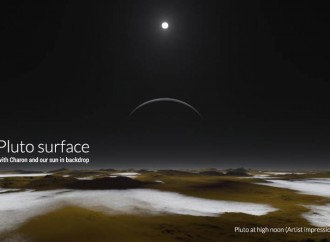







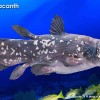

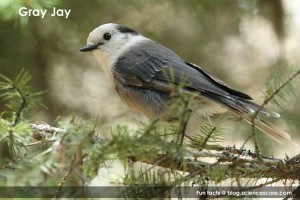
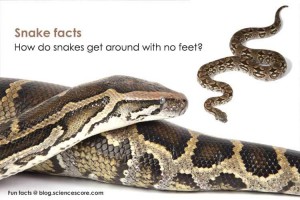
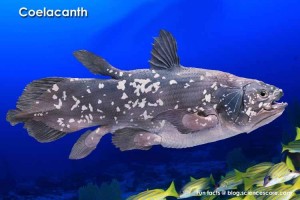
Leave a Reply